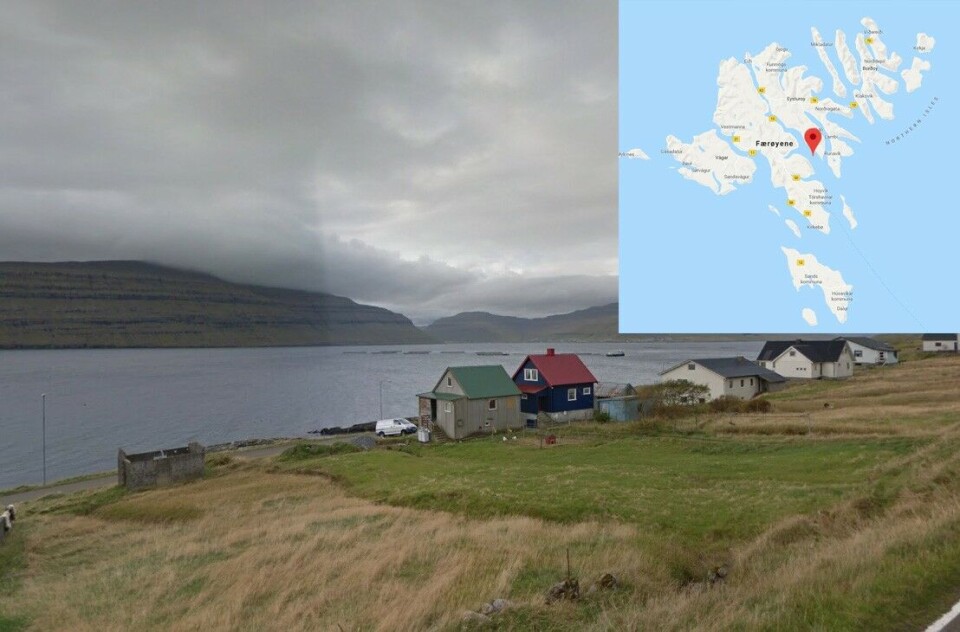
Algae suspected as Bakkafrost loses 750,000 fish
Faroe Islands salmon farmer Bakkafrost has revealed that it lost approximately 750,000 fish in a mass mortality at a farm site last Thursday.
In a statement to the Oslo stock exchange, the company said the fish, with an average weight of 500 grams live weight, died within a couple of hours. The fish at farming site A-81 Kolbanagjógv were released into the sea in June - August 2018.
Bakkafrost, the biggest of the Faroes’ three salmon farmers, said it has not been possible to confirm the cause of the incident, but algae phaeocystis, pseudo-nitzscia and heterosigma were registered in the sea at the site A-81 Kolbanagjógv on the day of the mortality, and are suspected to have caused the fish deaths.
Manure spraying
The company added: “It has also been confirmed that prior to and while the incident occurred, manure has been sprayed as fertiliser on to the infield only 200 metres from the farming site A-81 Kolbanagjógv. Continuous examinations are being done to confirm the cause of the sudden and short mortality incident.”
Bakkafrost said farming activity has been carried out at the site for the past 30 years, and there has never been a similar incident. It said it has not observed any similar situations at other farming sites in recent days.
The company expects to finish taking all the dead fish out of the sea at the site today. It said and nothing abnormal has been registered since 20 September 2018, adding: “Bakkafrost has people monitoring the situation closely at farming site A-81 Kolbanagjógv. The fish at farming site A-81 Kolbanagjógv is insured.”






















































